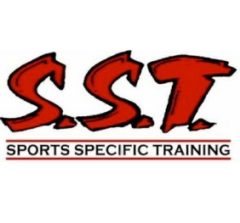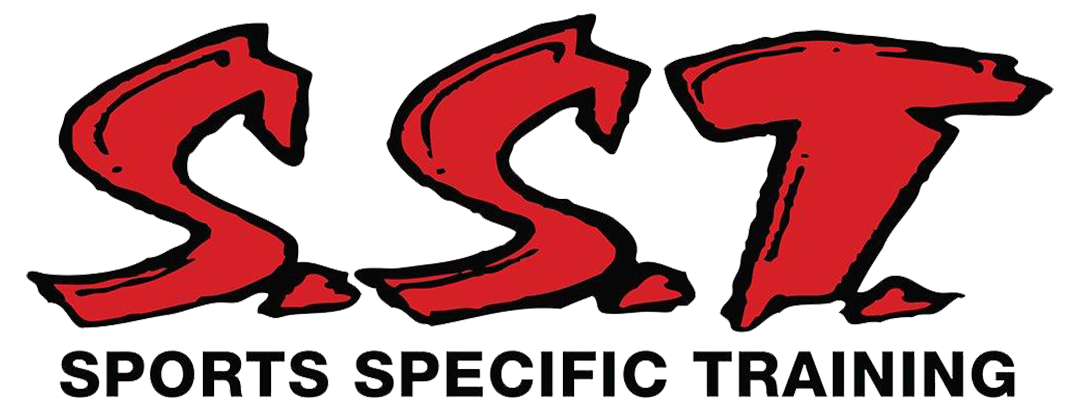Last week I introduced why the Low Man doesn’t always win the rep CLICK HERE
The equation put forth is:
Stability + Maximization of Length (without over extension) + Agility + Meeting Force with Force
= Higher Probability for Success
I will break these down to optimize your success:
Stability – In terms of OL play this is our base, the most important aspect of any offensive lineman. If you start with a base that isn’t efficient chances are you are not going to have repeatable success. If you start wrong you’re probably going to finish wrong.
Maximization of Length – Being long is important for offensive lineman we want to keep the defender away from our frame as long as possible because this allows more time for him to make a mistake and for us to take advantage of this mistake. This needs to be done in good context, playing too long or getting over extended can create a whole host of problems. Arm length is where very key this is why at the combine they take this measurement to see if an OL can strike a target that is father away. Length is important but being “too long” can become very problematic.
Agility – Personally to me this is the more important piece of the equation. Can you simply stay in front of your man? Offensive Line play is played in a rectangle 4 yards in width and 7 years in depth. Do you have the agility to stay in front of the defensive lineman? If you cannot stay in front of any given DL nothing else really matters this is why College/University recruiters and NFL scouts look at agility tests closely.
Meeting Force with Force – If we look at Newton’s Third Law he argues that when every any two objects react they are applying force to each other. If we apply this law to a 1on1 pass block situation and an offensive lineman is able to stay in front of the defensive line man and then he turns it into a “bull rush” the OL needs to bleed the force out through the ground, this happen because the OL is applying force back and transferring it through the ground.
Pass blocking is a very unnatural task, we are asked to stop a force without knowing where its destination is. So saying the low man always wins doesn’t make any sense. This idea would make sense if we absolutely knew where the DL destination point would be, we have a pretty good idea where the QB is but that can change is a hurry. If the DL was just going to run in a straight line to a stationary QB then I would say sure get as low as you can and take on the impact, but this is not the case.
The bio mechanics of any given offensive lineman are different. Some players might be better if they are lower than the defender, given the body that they are working with. Others may play better if they are higher and longer. This really all depends on what you are working with physically. Getting low playing offensive line has its place, but you should be at your lowest point throughout the entire rep because this doesn’t fit into the OL equation for winning. Getting low should be a defense mechanism against the bull rush. So in my personal opinion the LOW MAN DOES NOT ALWAYS WIN!!!
If you like to learn more about my upcoming OL CAMP please email or call me at 905 632 3558 and I will register you up!
Jamie “THE BIG CHILL” LaLonde
SST OL/ DL coach
BTW… Also check out SST’s “Speed & Skills” Camp for 2017 – HERE
PLUS – it is a bit early but HIGH PERFORMANCE Camps – HERE









